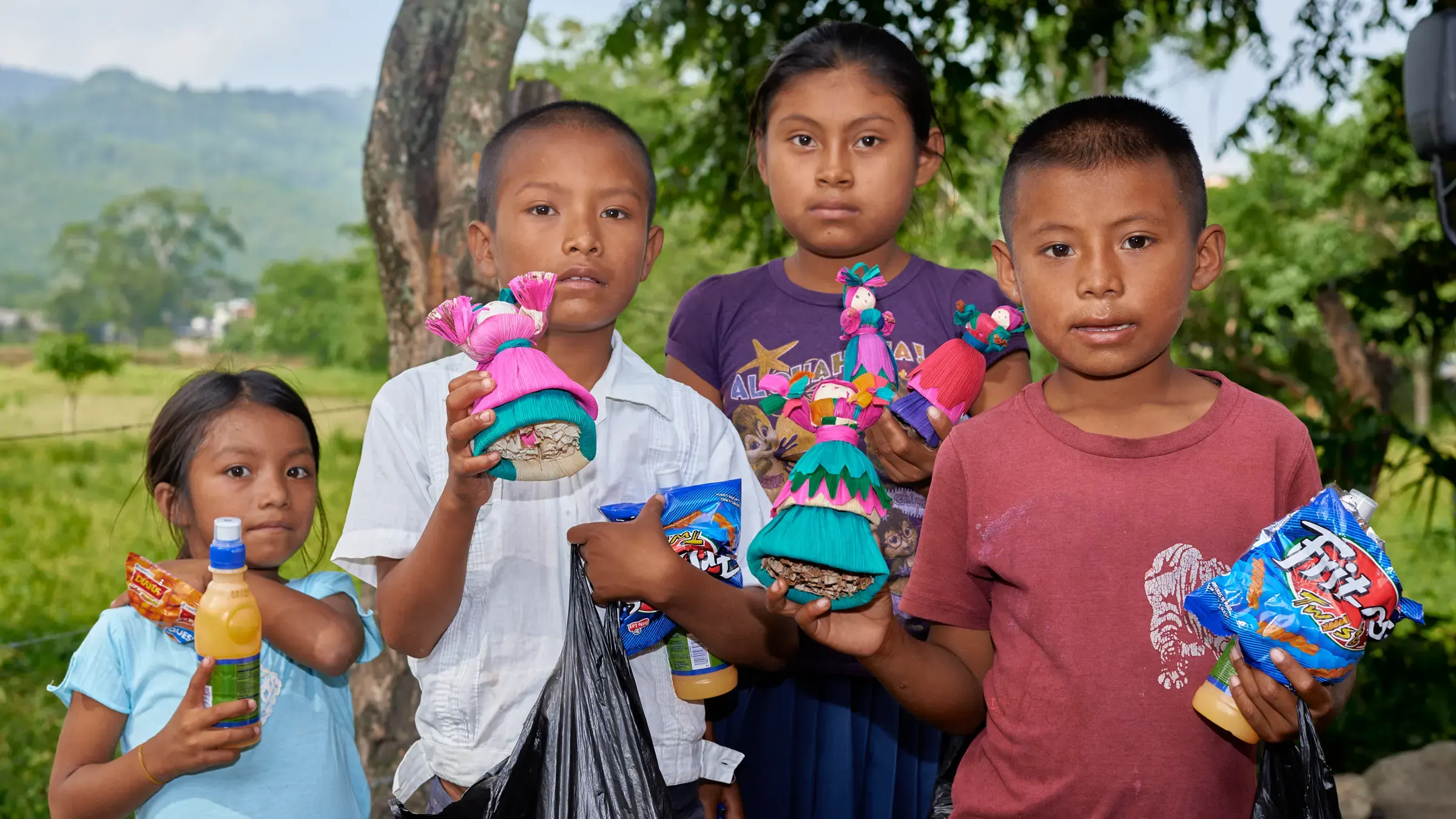The Chortis ethnic group in Honduras
They are direct descendants of the Mayans, responsible for the culture of Copán, Quiriguá and other southern cities of the old empire.
It is considered the southernmost group of the Mayan-Quiché family. They have sometimes been classified as a subgroup of the Mayan-Quiché ethnic-linguistic family.
See also The Chortís, direct descendants of the Mayans

History
At the time of the conquest, the Chortí offered resistance, which was granted for the most part by the chief Copán Galel , who organized the indigenous and confronted the colonizer in the year 1524. In ancient Chortí territory it was the southeastern border of the Old Man. Empire. They occupied the southwestern corner of the present territory of Honduras and, probably, they extended towards the east of the present city of Copán.
The Chortís may be direct descendants of the population that inhabited Copán before the conquest and their language may be, fundamentally, the same that was spoken in ancient Copán. The progressive decline of the Chortí population began, like other indigenous peoples of the country, in the 16th century, with the ice of colonization, since the Spanish system of repartimientos and encomiendas seriously affected the Indigenous populations.
The mistreatment and humiliation committed against the Indians by the indigo workers and the epidemics of smallpox and measles, caused considerable damage in the indigenous communities.
Where they are located
They were established on the eastern flanks of the Merendón mountain system and probably went into the Sensenti Valley, in the current department of Ocotepeque.
Currently they are spread, in Guatemala, by the department of Chiquimula and, in Honduras, by the department of Copán, especially in the municipality of Copán Ruinas.
In Honduras, they are located in the villages of El Encantadito, Cidral, El Jardín, Potrerillos, La Unión, El Porvenir, Buenos Aires, Llantillos, Salitre, Hacienda, El Cordoncillo, El Corralito, El Ostumán, La Laguna, El Chilar, Aguar Zarca, San Antonio, San Francisco, and Mina de Piedra, all in the Department of Copán.
The Chortí population in Guatemala is 55,000, while in Honduras it is only approximately 5,000. They have also lost their language and traditional clothing.
The group identified as Choles, who live in Chiapas, are linguistically and culturally cousins of the Chortis.
Culture
In addition, the use of musical instruments such as the teponagua, the cutín, the drum, the whistle, the chichín or rattle and the horn. The rite «The dance of the giants» is practiced in some places.
Their diet is basically reduced to the use of corn and beans; the first through different ways; in drinks such as chilate, pozol, sweet and sour atole, in foods such as tortilla, travel tamale, nacatamal and tortilla chips; in intoxicating drinks they use the juice of cane or fermented pineapple.
Religion
The pre-Columbian Chorti religion and the Catholic religion have affinities. They both know baptism, confession, pilgrimage, the use of incense, and the idea of sacrifice.
The idea of a creator God, universal hero and superior spirit, seems to be shared by the peasants with Chortí tradition. Each community has a patron saint whom they worship. His effigy is jealously guarded in his church. Other saints are under the guardianship of individuals or brotherhoods.
The patron saint of a community is directly associated with agrarian rites. Chaac, the rain, the Panahturo, the wind, are directed by the archangel San Miguel, who determines the climate and the frequency of rainfall. The Virgin Mary, who is also the guardian of the corn, helps the gods when they pour the water from their gourds that falls as rain on the earth.
Language
According to scientific sources, the Chortí people are one of the oldest within the Mayan-Quiché family, which confirms the archaism of their language.
In the middle of the last century, the Chortí language was still spoken in and around Copán, even in the Sensenti Valley.
Chortí, in Honduras, is considered a dead language.